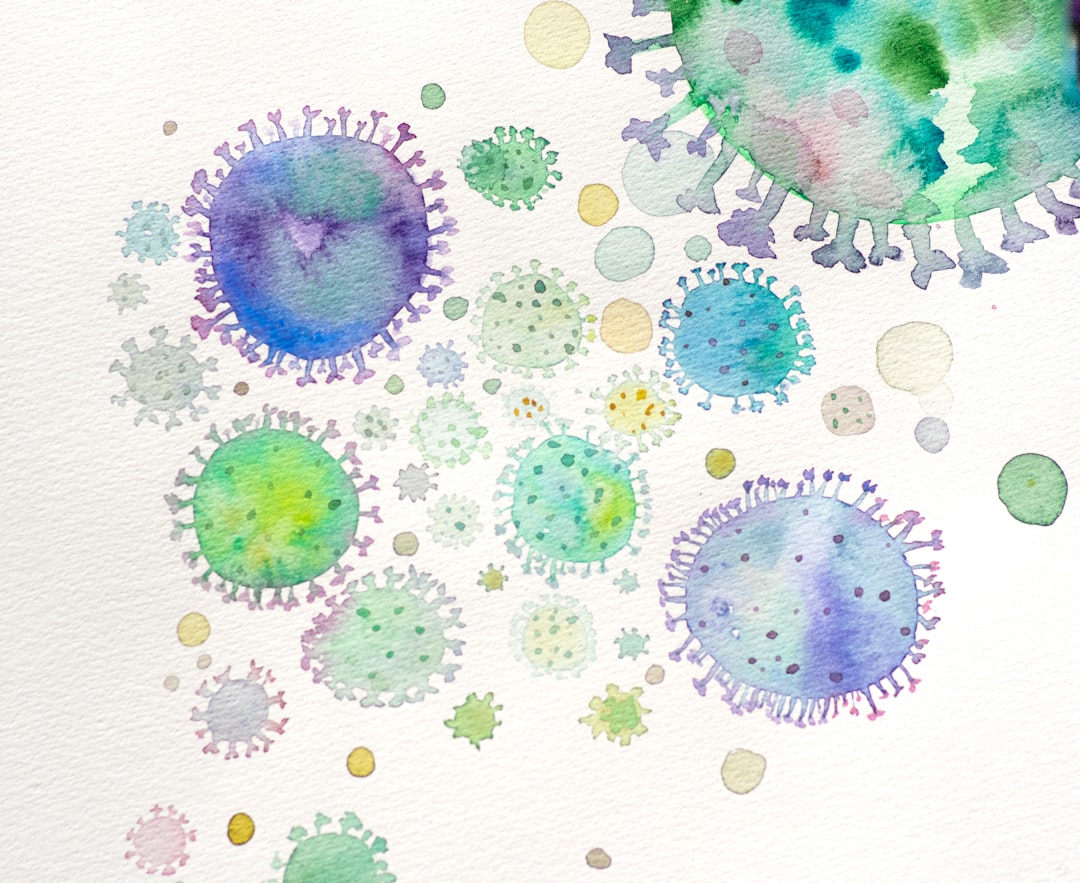Disease vs. Infection
What's the Difference?
Disease and infection are closely related concepts in the field of medicine, but they have distinct differences. Disease refers to a deviation from normal functioning in the body, resulting in physical or mental impairments. It encompasses a wide range of conditions, including genetic disorders, chronic illnesses, and acute conditions. On the other hand, infection specifically refers to the invasion and multiplication of harmful microorganisms, such as bacteria, viruses, or fungi, within the body. Infections can lead to the development of diseases, but not all diseases are caused by infections. While diseases can have various causes, infections are primarily caused by the transmission of pathogens. Understanding the distinction between disease and infection is crucial for accurate diagnosis and appropriate treatment in healthcare settings.
Comparison

| Attribute | Disease | Infection |
|---|---|---|
| Definition | A disorder or abnormal condition that affects the body's structure or function | The invasion and multiplication of harmful microorganisms in the body |
| Cause | Can be caused by various factors such as genetics, environmental factors, or pathogens | Caused by the introduction and growth of pathogenic microorganisms in the body |
| Transmission | Can be transmitted through various means such as direct contact, airborne, or through vectors | Primarily transmitted through direct contact, airborne droplets, or contaminated objects |
| Types | Can have various types such as infectious, non-infectious, genetic, autoimmune, etc. | Can be classified into different types based on the causative microorganism (bacterial, viral, fungal, etc.) |
| Symptoms | Can present a wide range of symptoms depending on the specific disease | Can cause symptoms such as fever, inflammation, pain, fatigue, etc. |
| Treatment | Treatment options can include medication, surgery, lifestyle changes, or therapies | Treatment often involves the use of antimicrobial drugs, vaccines, or supportive care |
| Prevention | Prevention strategies can include vaccination, hygiene practices, avoiding risk factors, etc. | Prevention can be achieved through measures such as hand hygiene, proper sanitation, and infection control practices |

Further Detail
Introduction
Disease and infection are two terms often used interchangeably, but they have distinct differences in their attributes and implications. Understanding these differences is crucial for healthcare professionals and individuals alike. In this article, we will explore the characteristics of disease and infection, highlighting their definitions, causes, transmission, symptoms, and treatments.
Definition and Causes
Disease refers to any abnormal condition or disorder that affects the body's normal functioning. It can be caused by various factors, including genetic predisposition, environmental factors, lifestyle choices, and exposure to pathogens. On the other hand, infection specifically refers to the invasion and multiplication of microorganisms, such as bacteria, viruses, fungi, or parasites, within the body. Infections are a common cause of diseases, but not all diseases are caused by infections.
Transmission
Infections can be transmitted through various routes, including direct contact with an infected person, ingestion of contaminated food or water, inhalation of airborne pathogens, or exposure to vectors like mosquitoes or ticks. Disease transmission, on the other hand, can occur through multiple mechanisms, including genetic inheritance, exposure to environmental toxins, or the progression of an infection within the body. It is important to note that not all diseases are contagious, while most infections can be transmitted from person to person.
Symptoms
Both diseases and infections can manifest with a wide range of symptoms, but there are some differences in their typical presentations. Infections often exhibit symptoms such as fever, fatigue, cough, sore throat, runny nose, muscle aches, and gastrointestinal disturbances. These symptoms are often a result of the body's immune response to the invading pathogens. On the other hand, disease symptoms can vary greatly depending on the specific condition. For example, cardiovascular diseases may present with chest pain, shortness of breath, or palpitations, while autoimmune diseases may cause joint pain, inflammation, or skin rashes.
Treatment
The treatment approaches for diseases and infections differ based on their underlying causes and mechanisms. Infections are commonly treated with antimicrobial medications, such as antibiotics, antivirals, antifungals, or antiparasitics, depending on the type of pathogen involved. Additionally, supportive care measures, such as rest, hydration, and symptom management, are often employed to aid the body's immune response. Disease treatment, on the other hand, varies widely depending on the specific condition. It may involve lifestyle modifications, surgical interventions, medications to manage symptoms or slow disease progression, or therapies targeting the underlying cause.
Prevention
Preventing the occurrence and spread of diseases and infections is a crucial aspect of public health. Infections can often be prevented through measures such as vaccination, proper hand hygiene, safe food handling practices, and the use of personal protective equipment. Disease prevention, on the other hand, may involve strategies such as regular health screenings, maintaining a healthy lifestyle, avoiding known risk factors, and managing chronic conditions effectively. Public health initiatives play a vital role in educating individuals and communities about preventive measures for both diseases and infections.
Conclusion
While disease and infection are related concepts, they have distinct attributes that set them apart. Disease encompasses a broader range of abnormal conditions affecting the body, while infection specifically refers to the invasion and multiplication of microorganisms. Infections are a common cause of diseases, but not all diseases are caused by infections. Understanding the differences in their definitions, causes, transmission, symptoms, and treatments is essential for healthcare professionals and individuals to effectively prevent, diagnose, and manage these conditions. By promoting awareness and implementing preventive measures, we can strive towards a healthier future for all.
Comparisons may contain inaccurate information about people, places, or facts. Please report any issues.